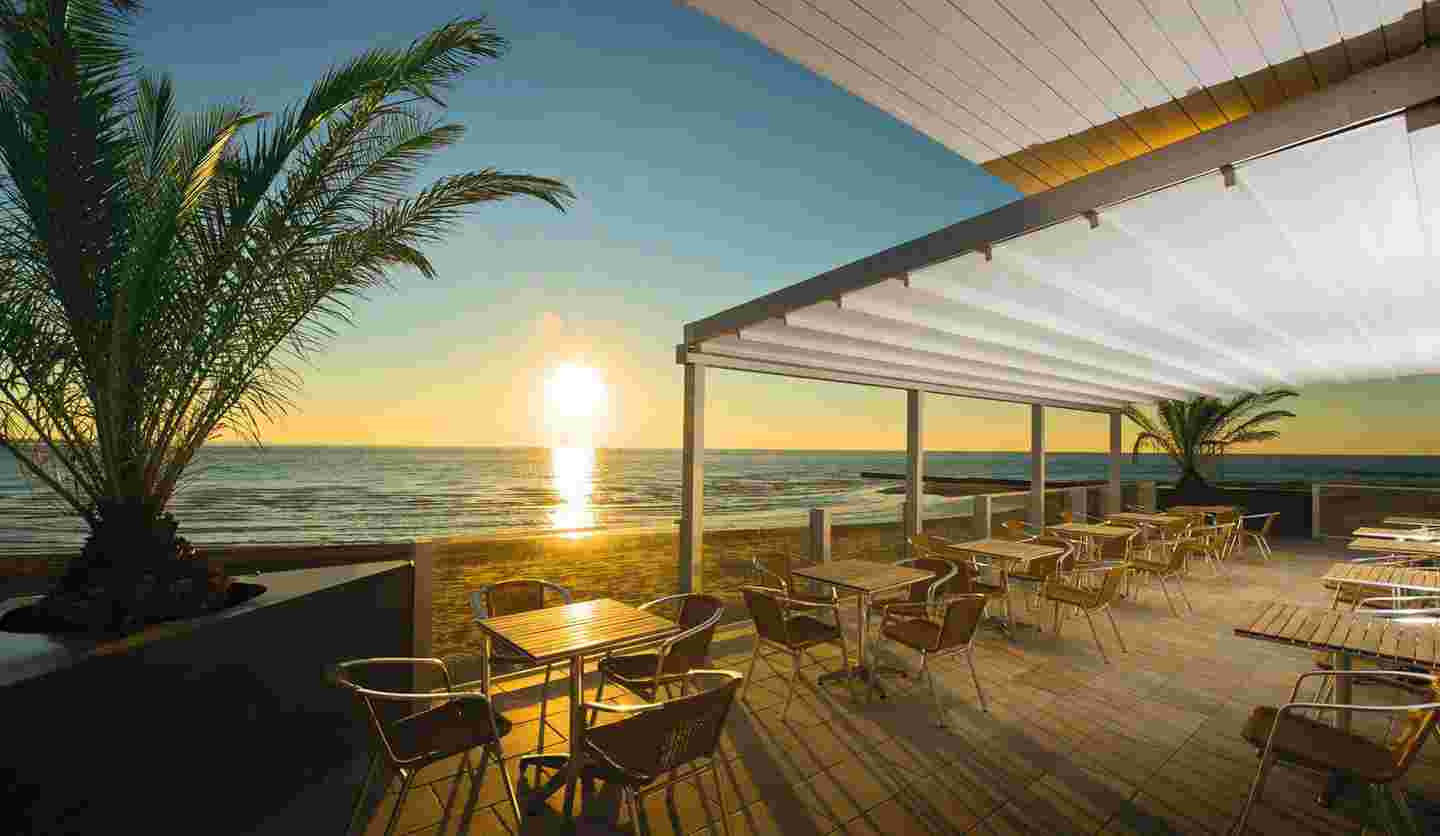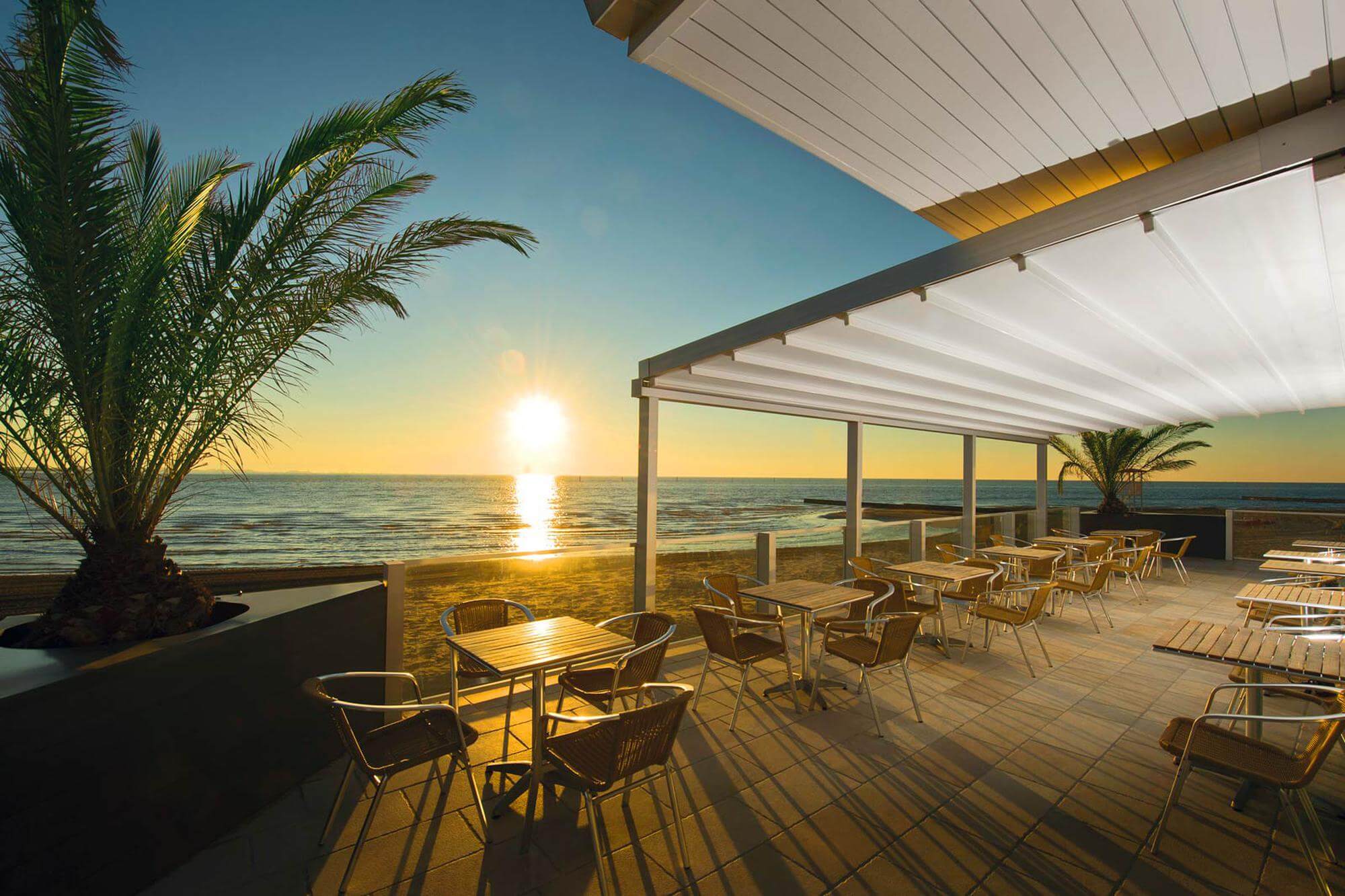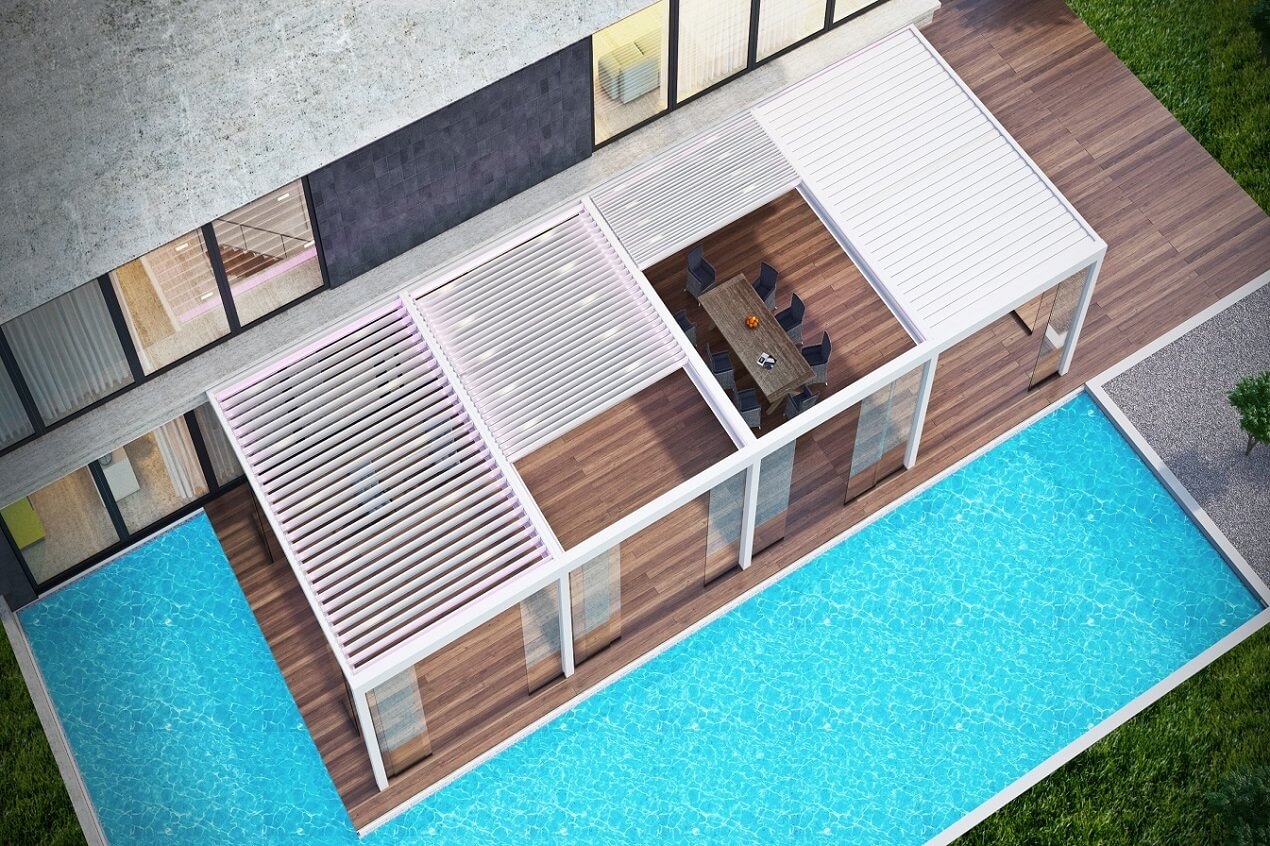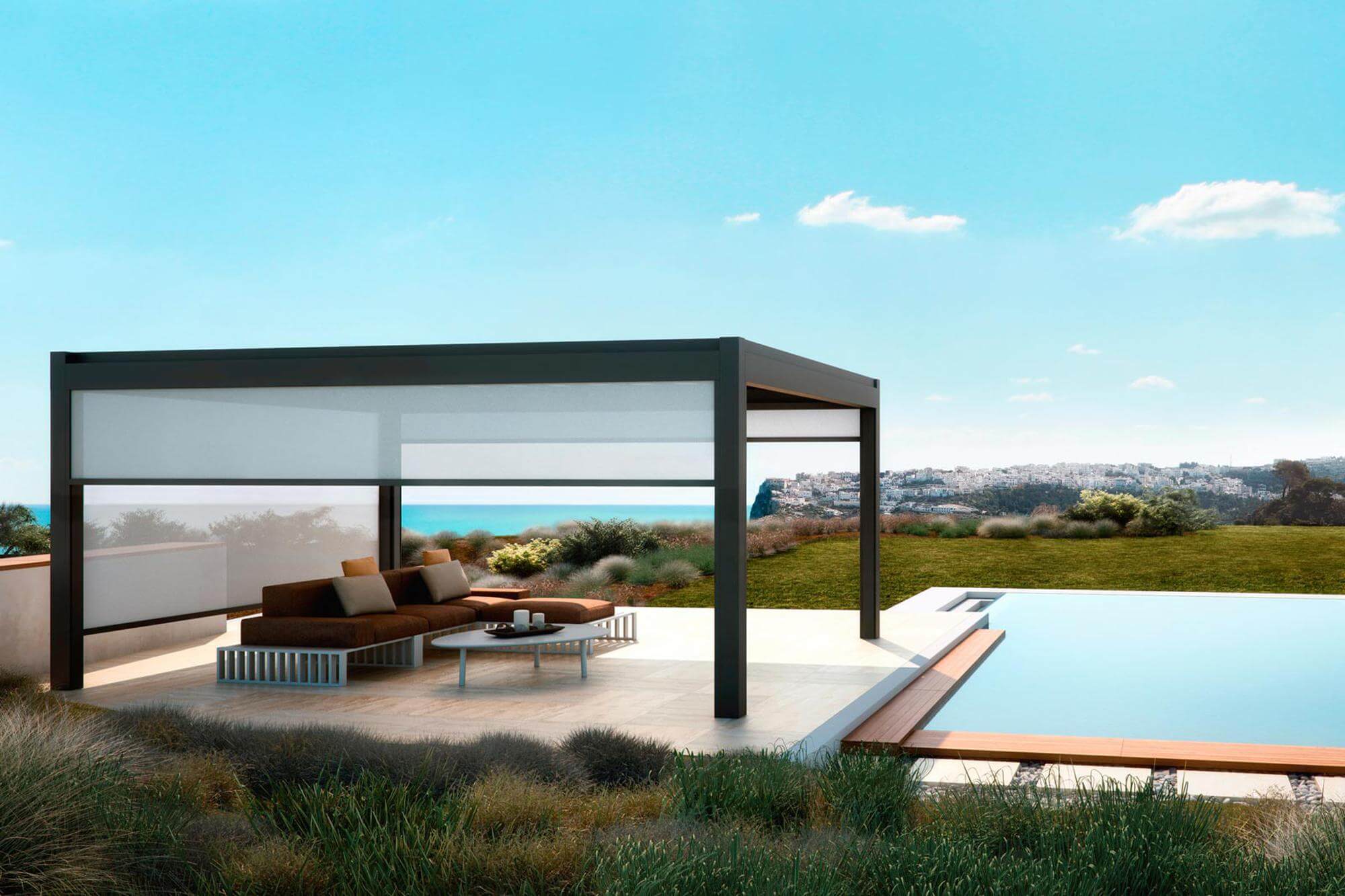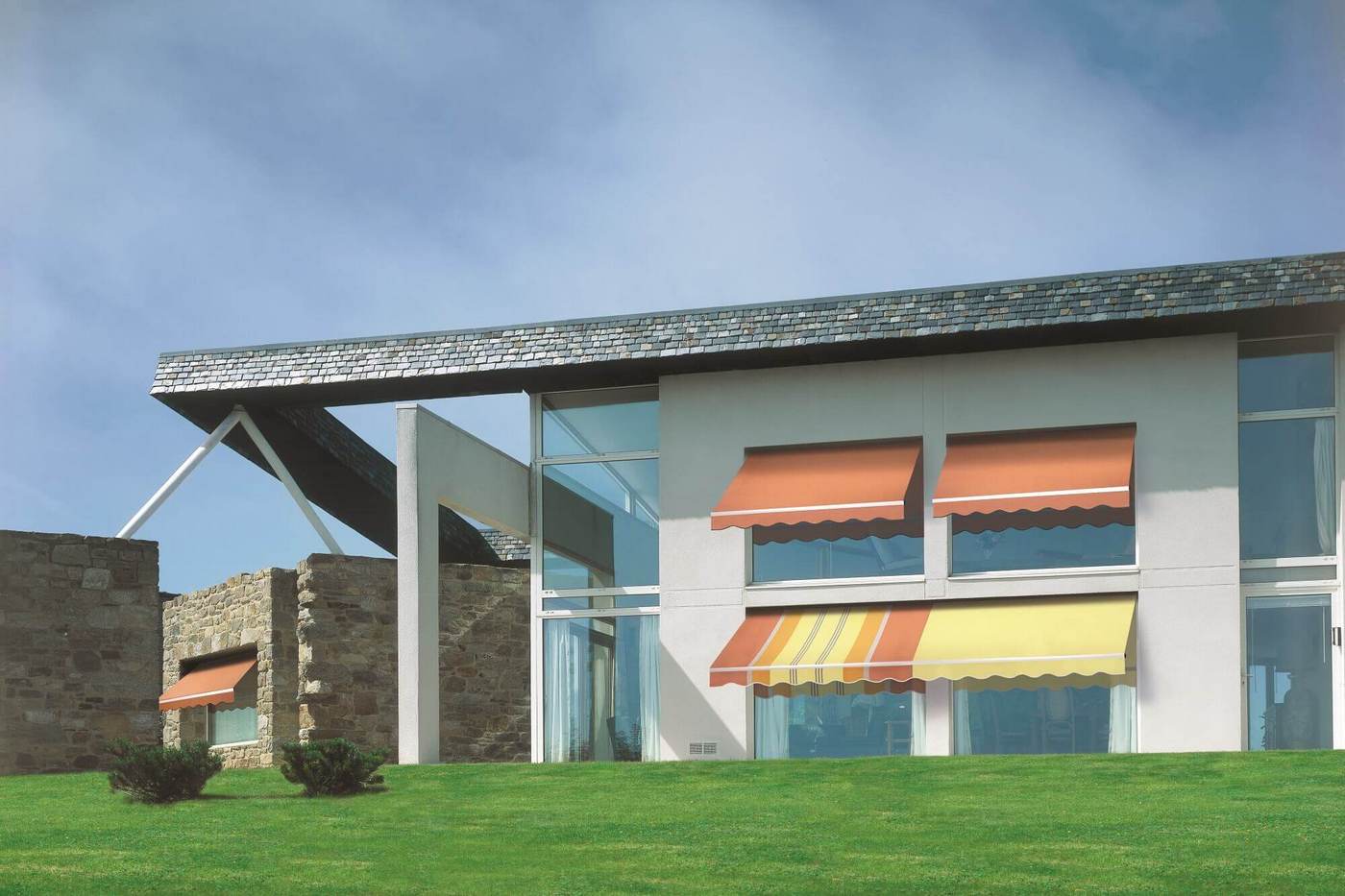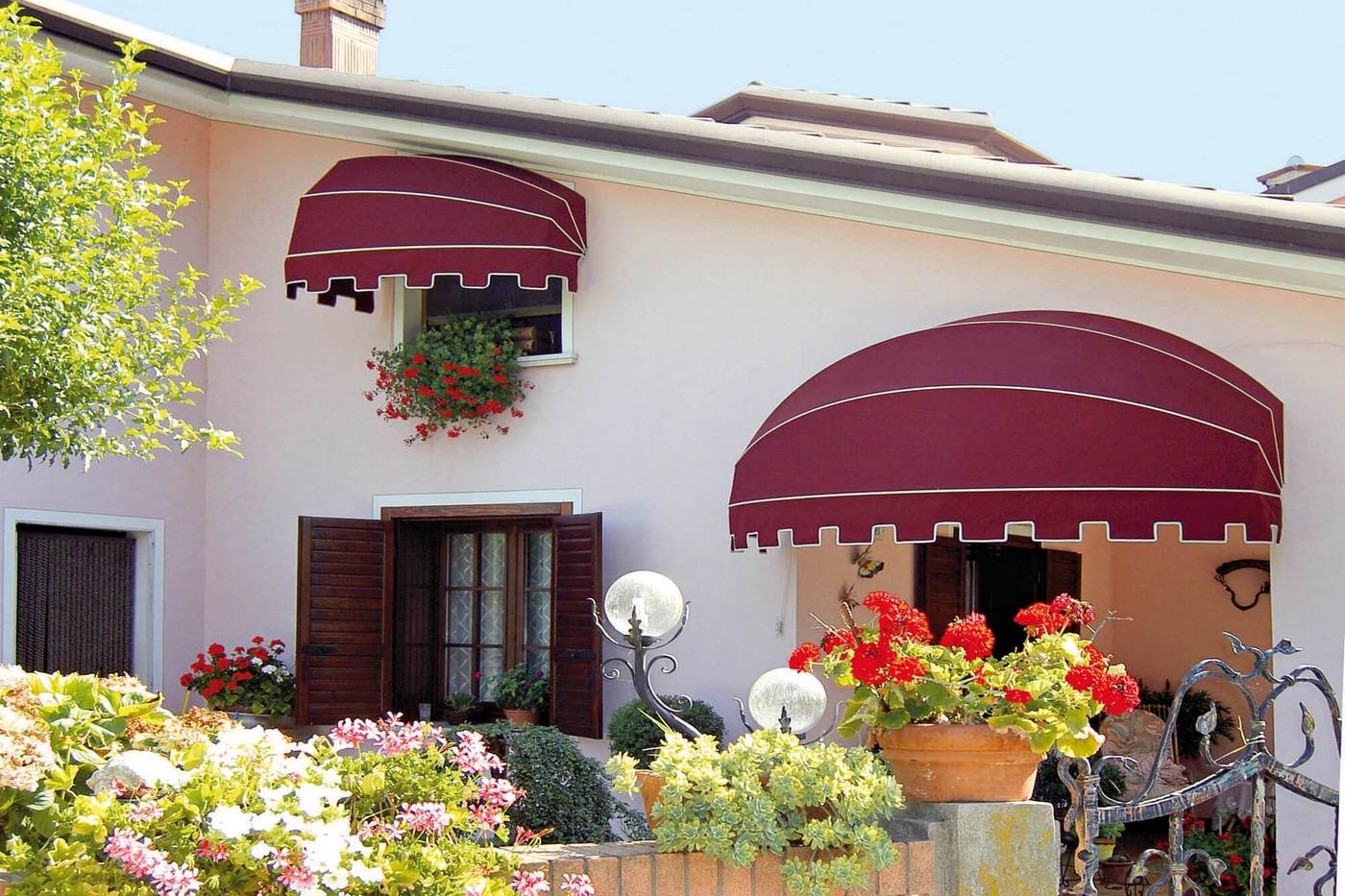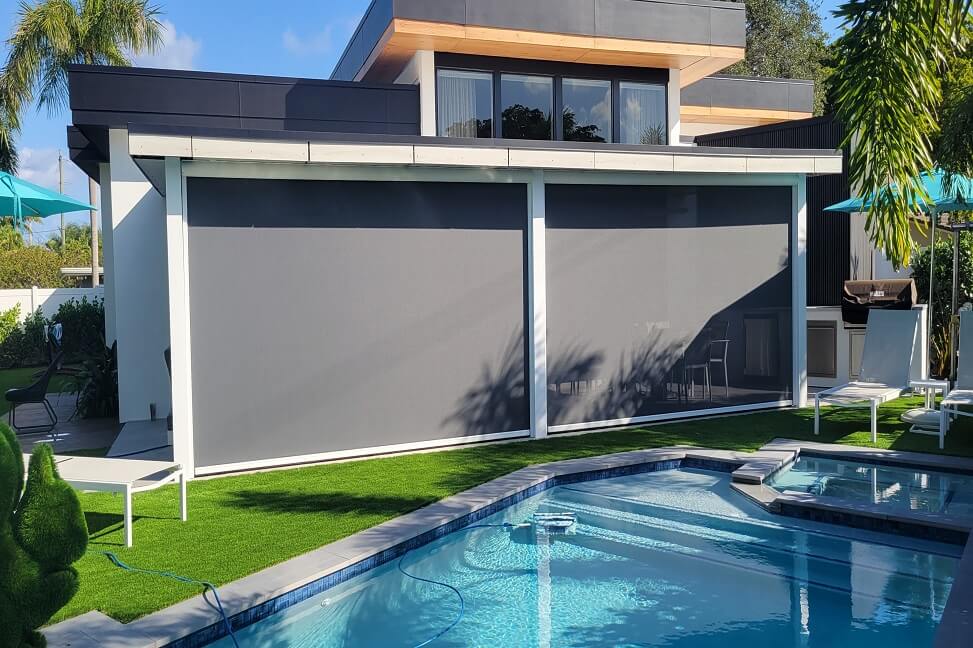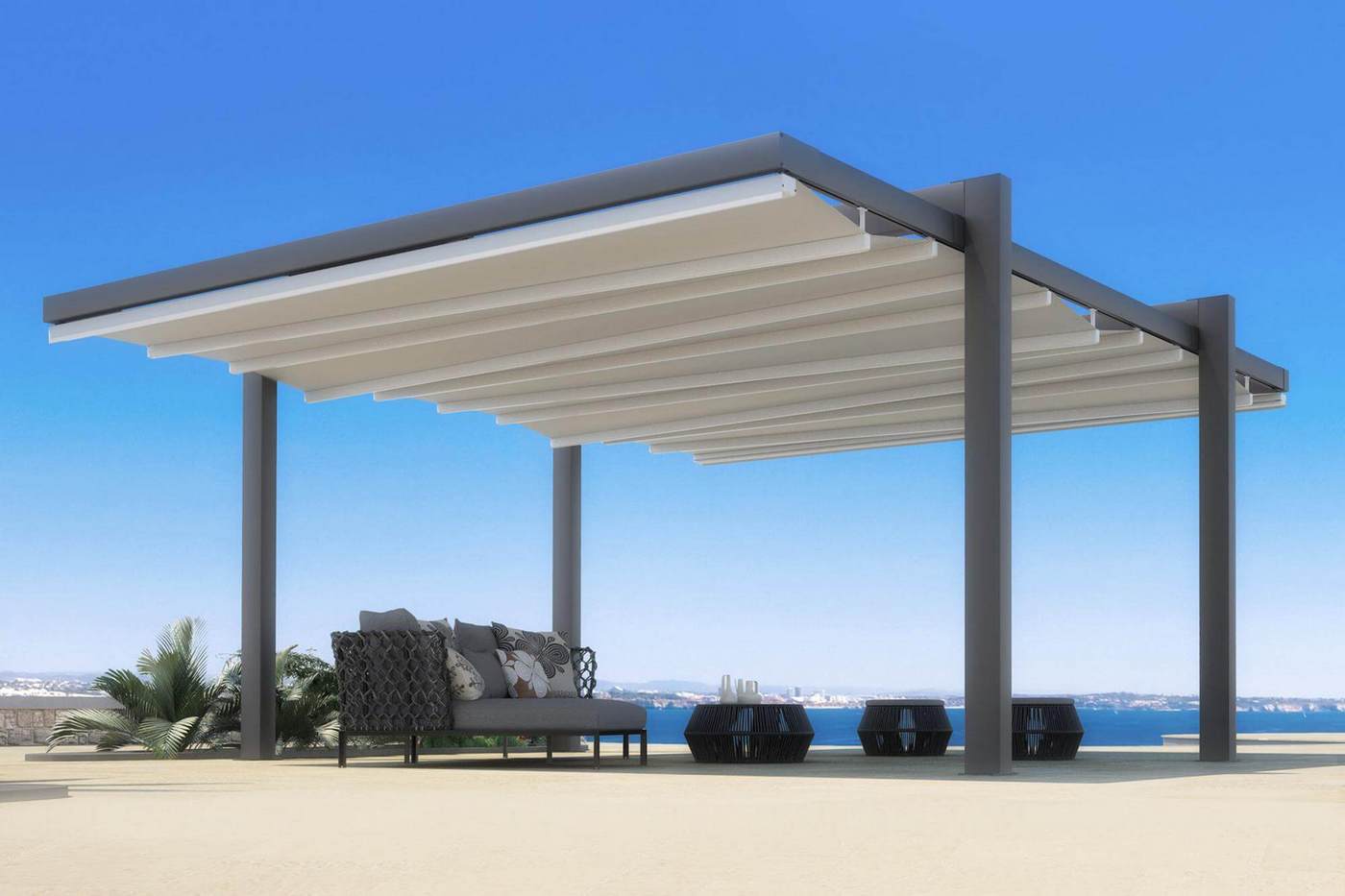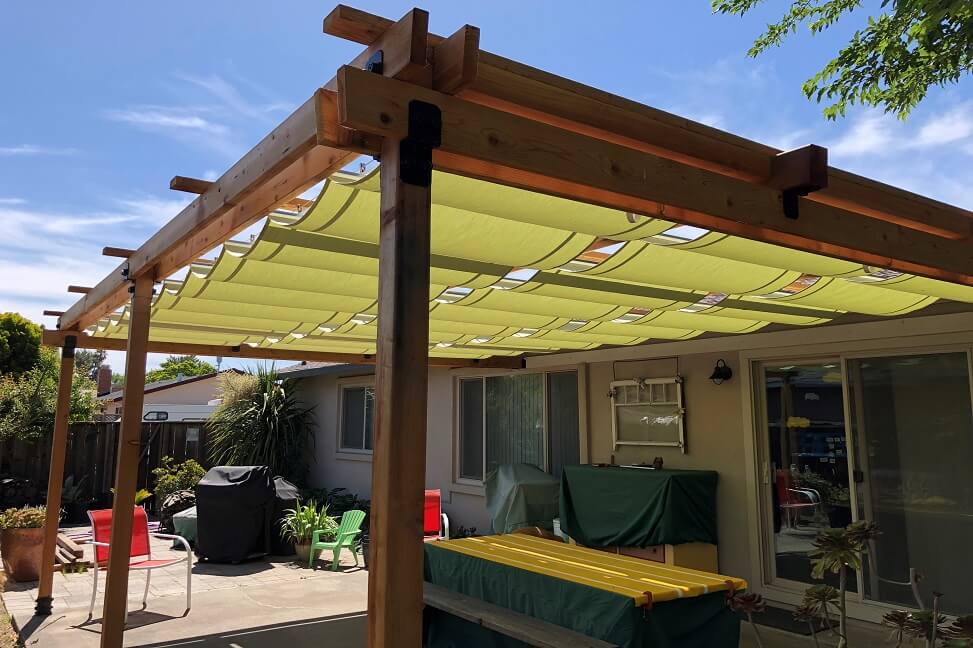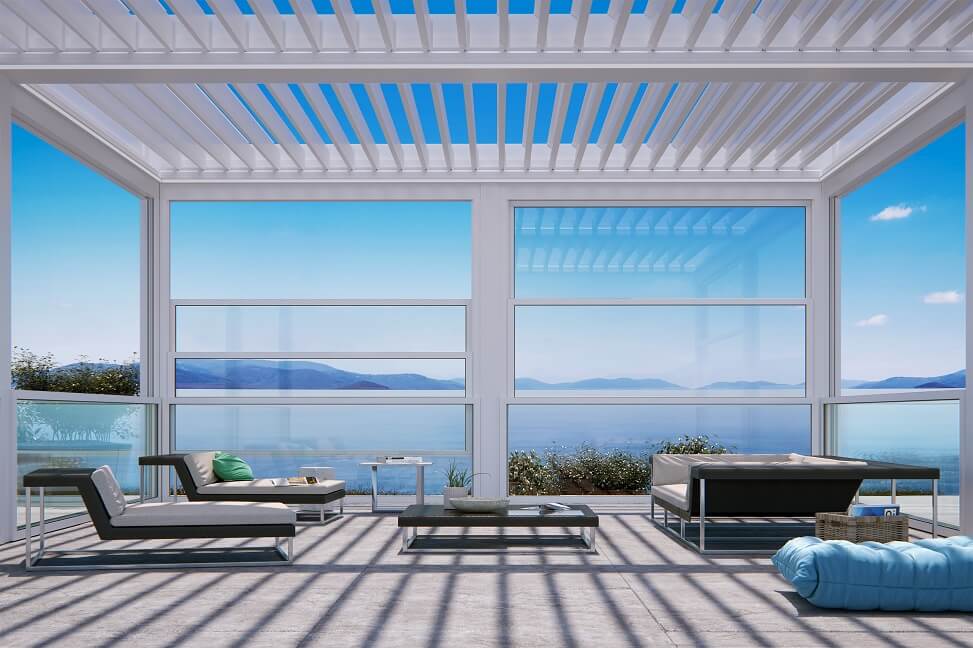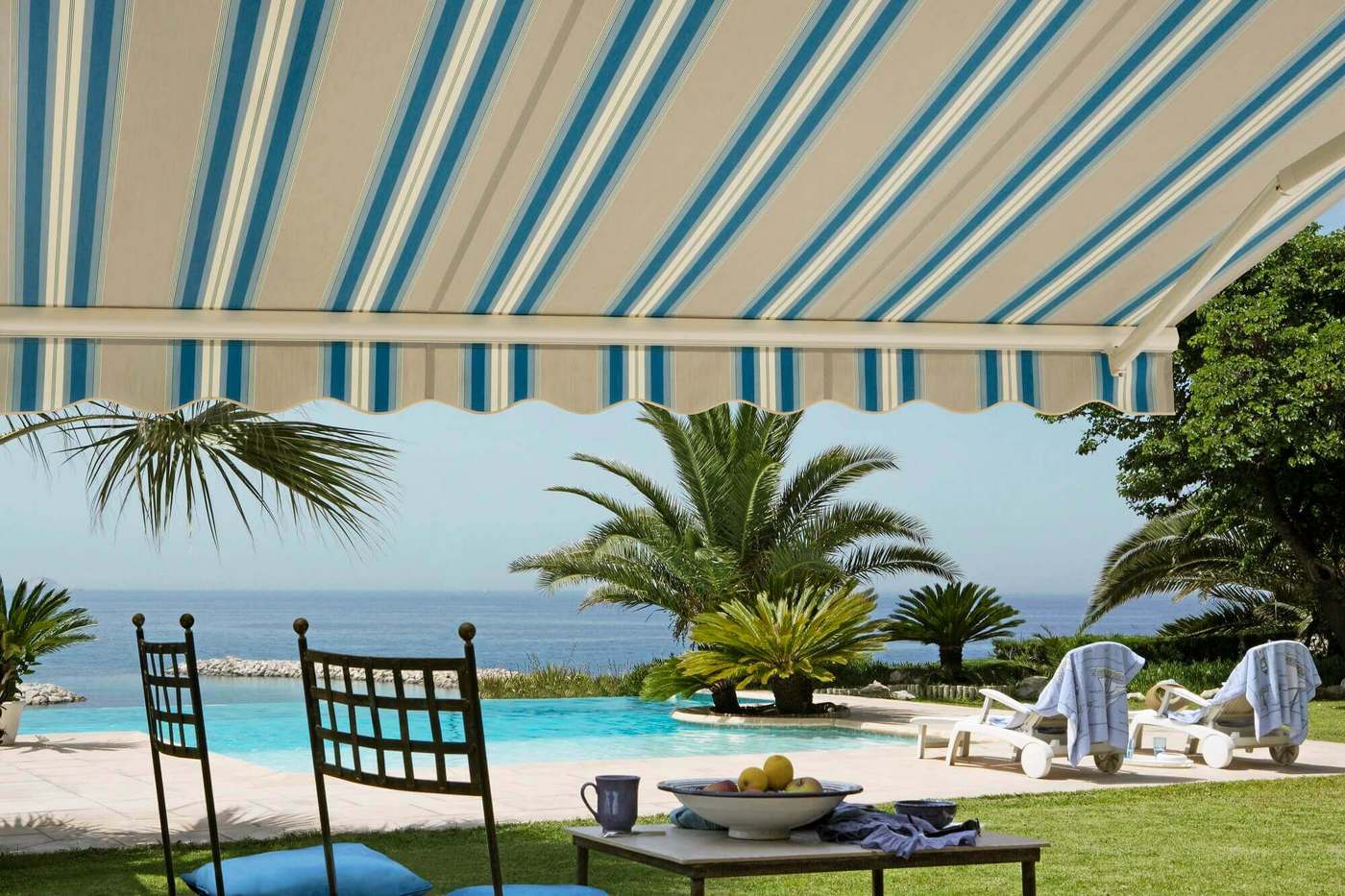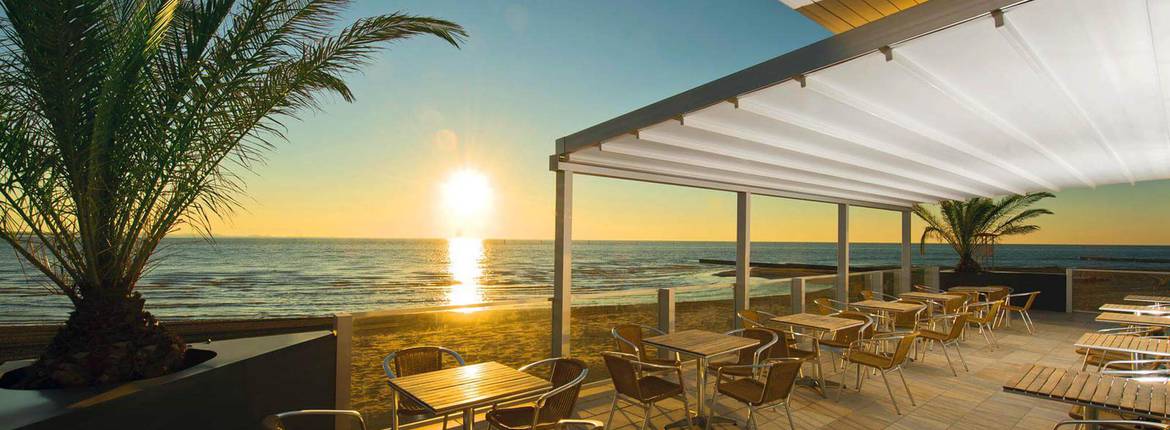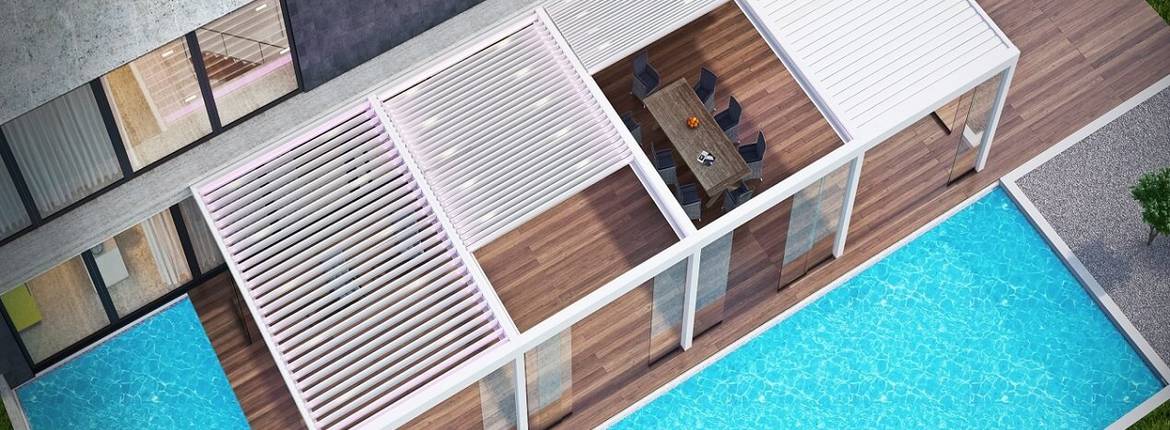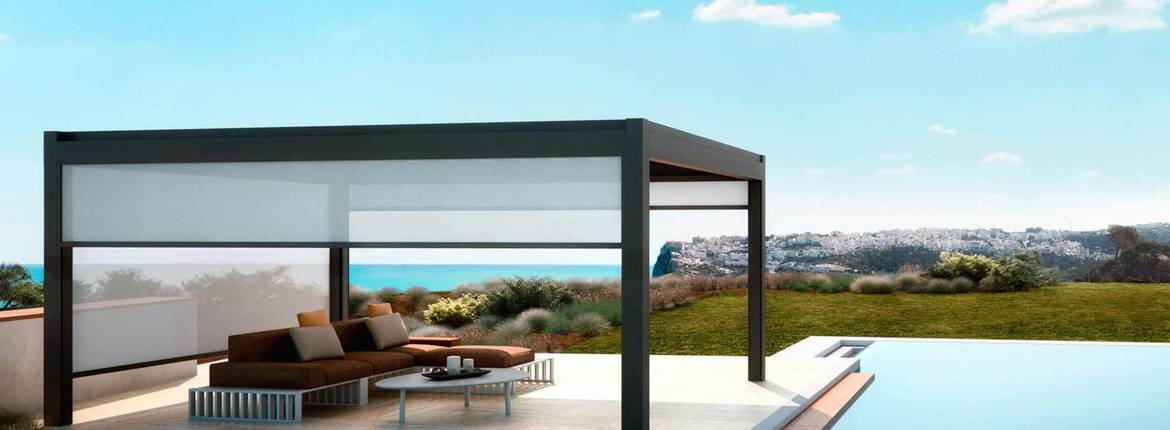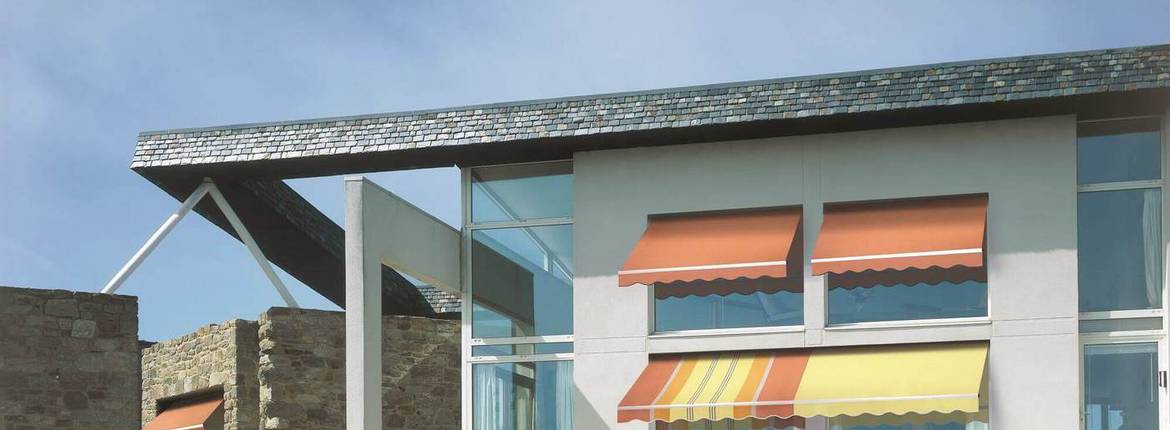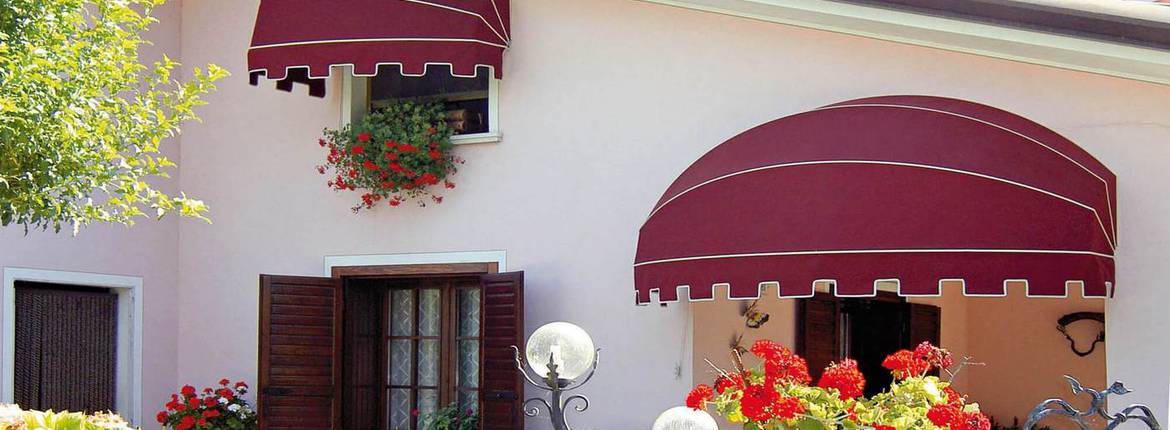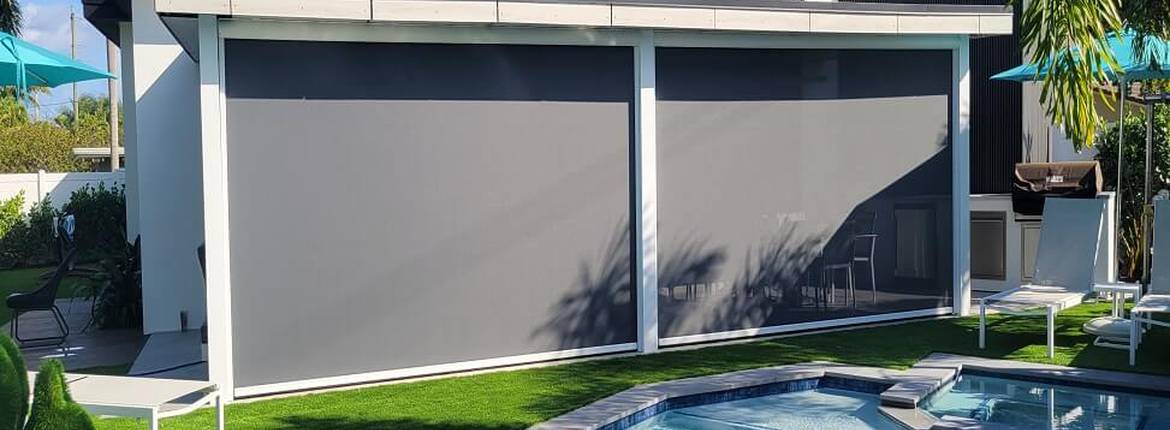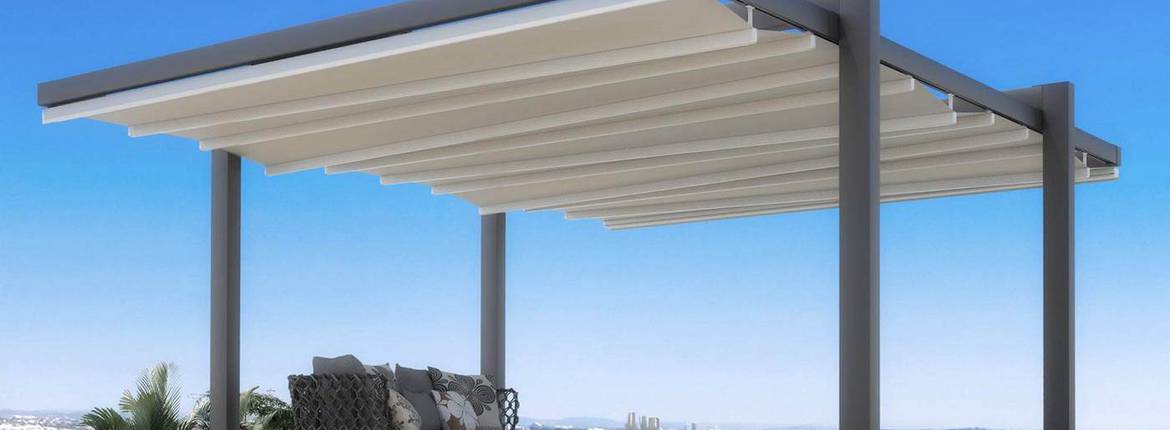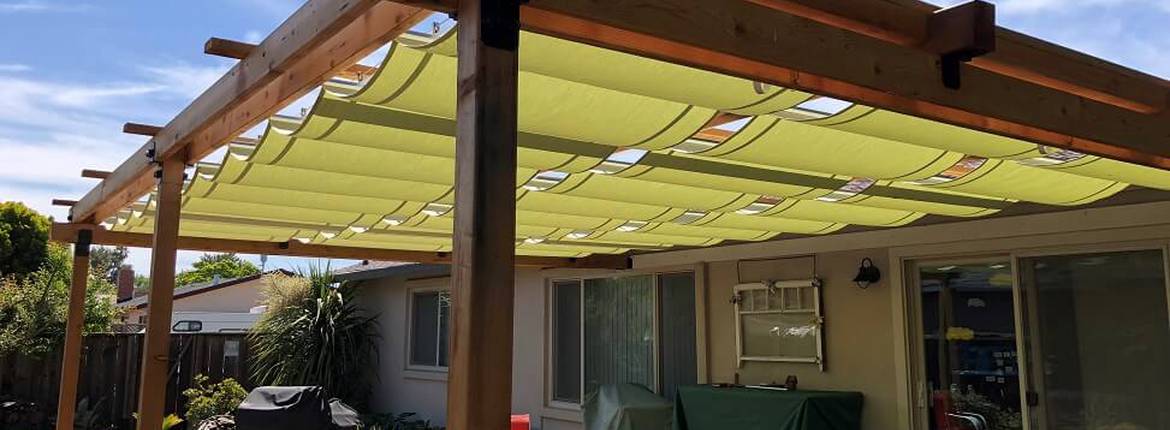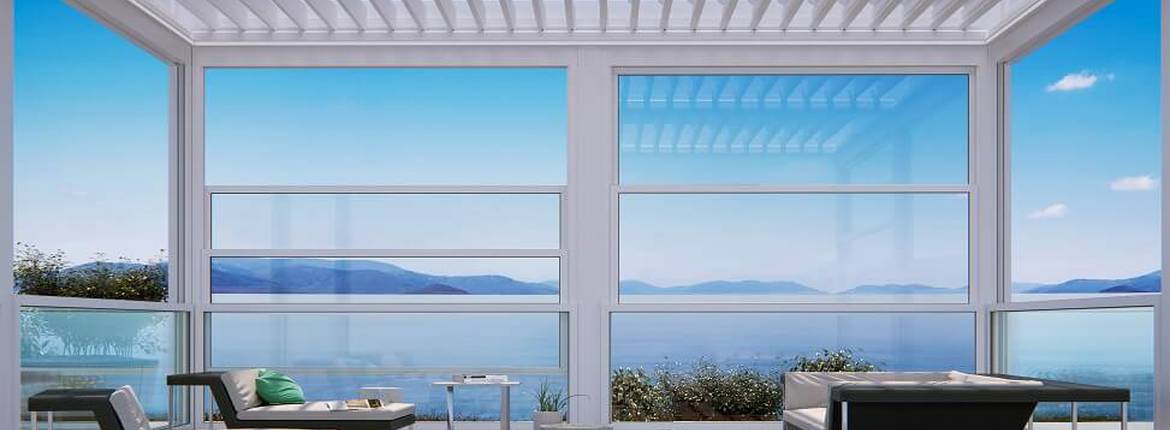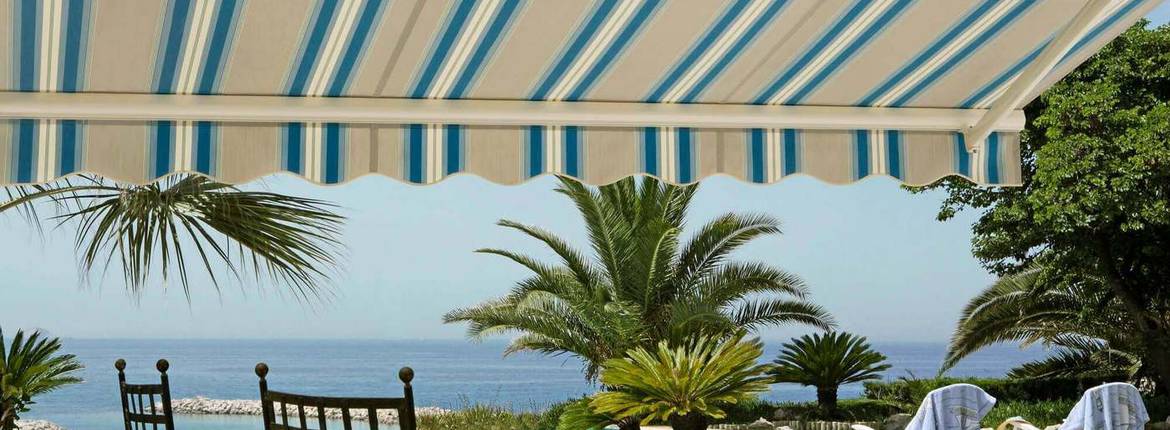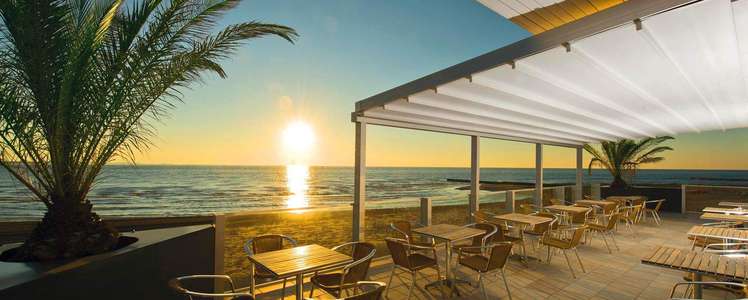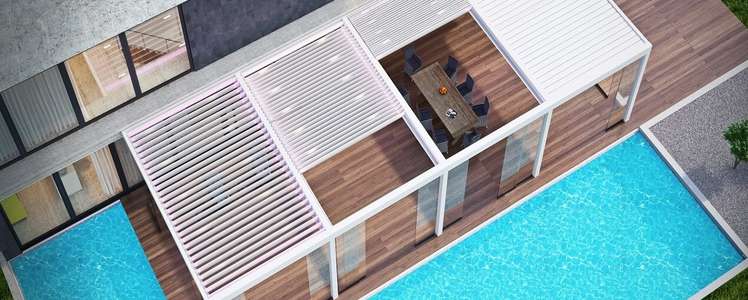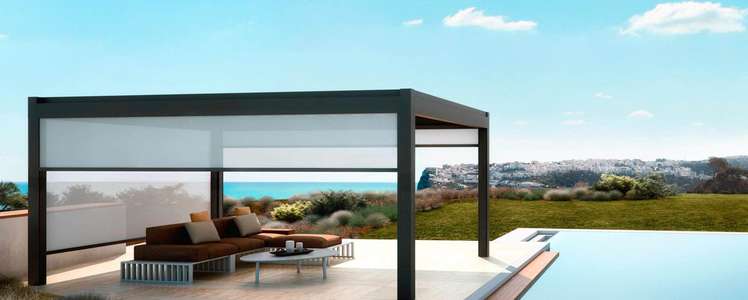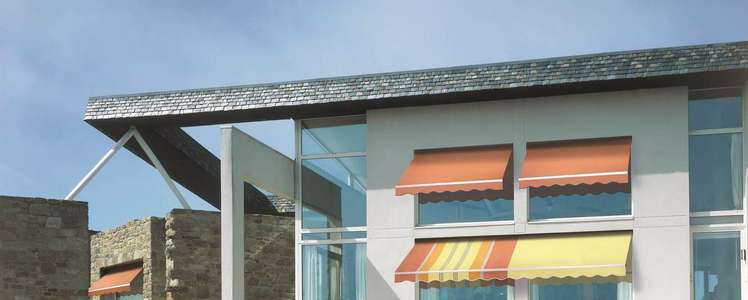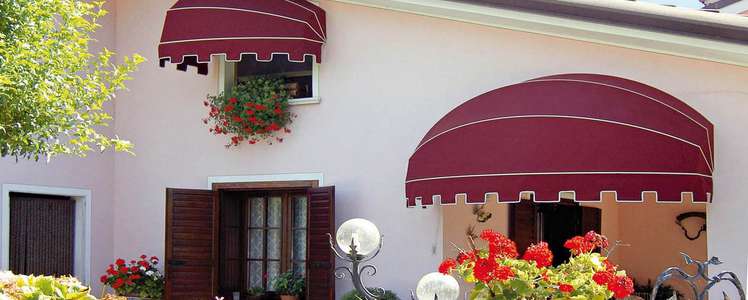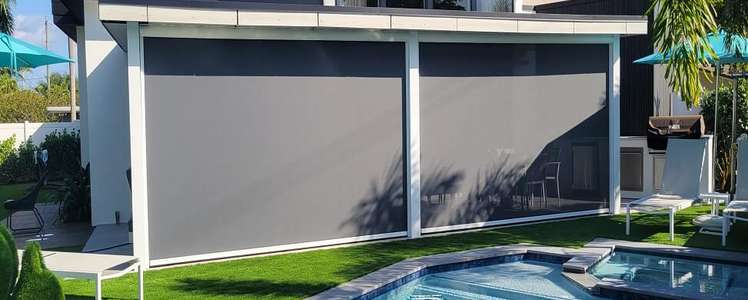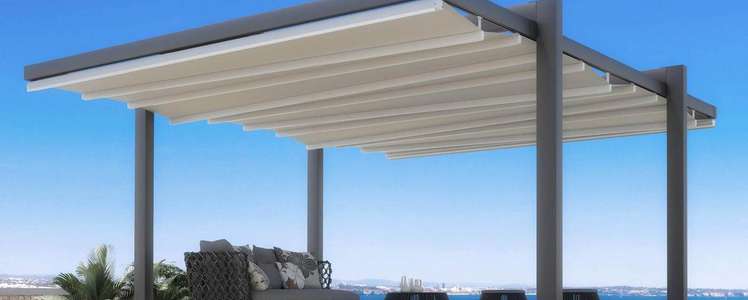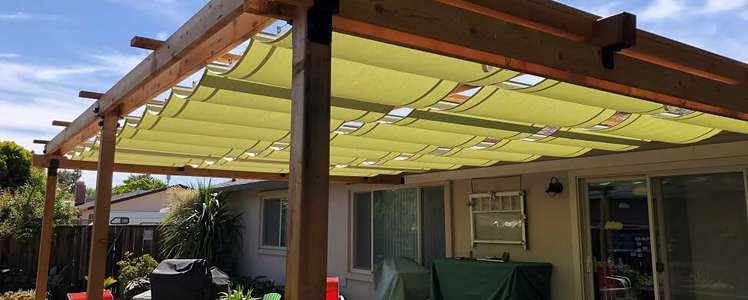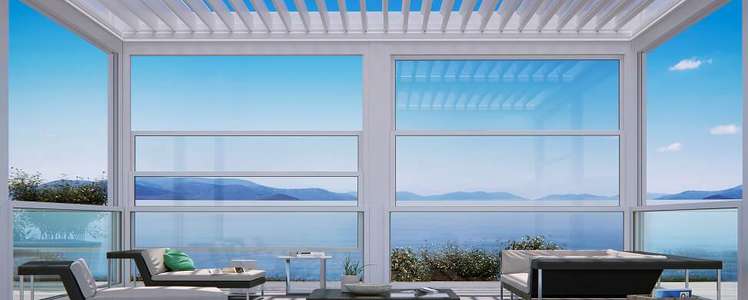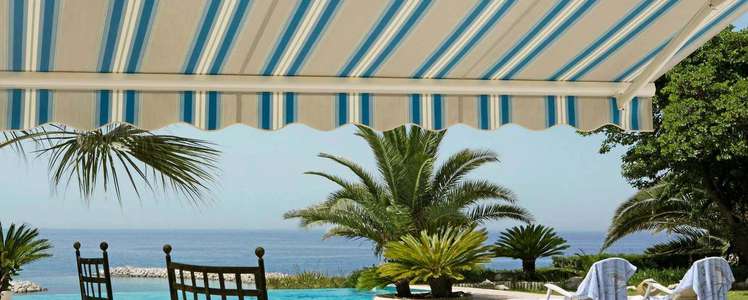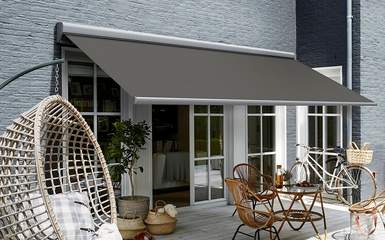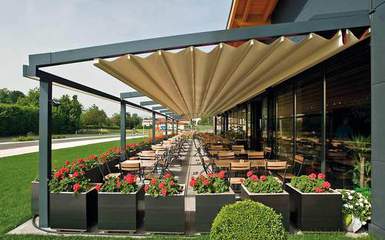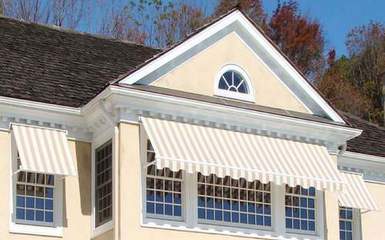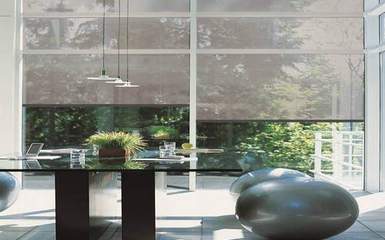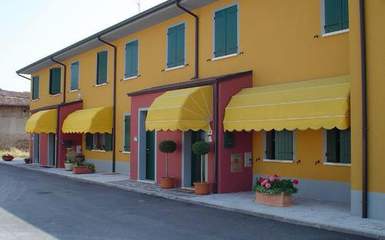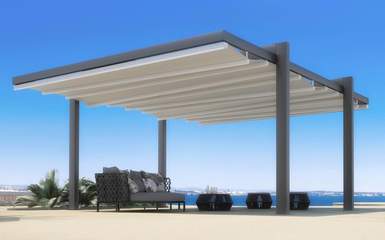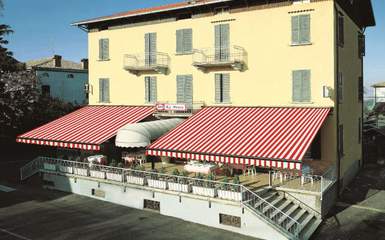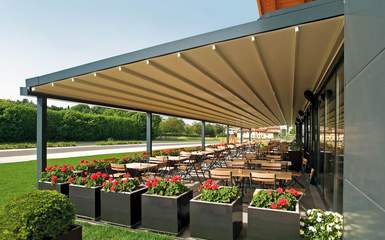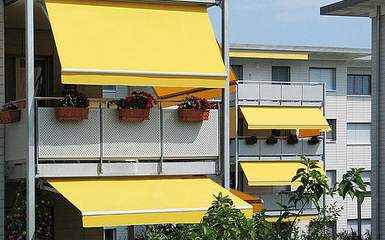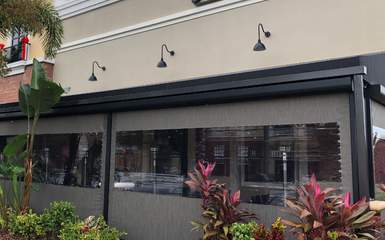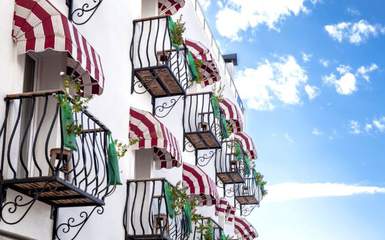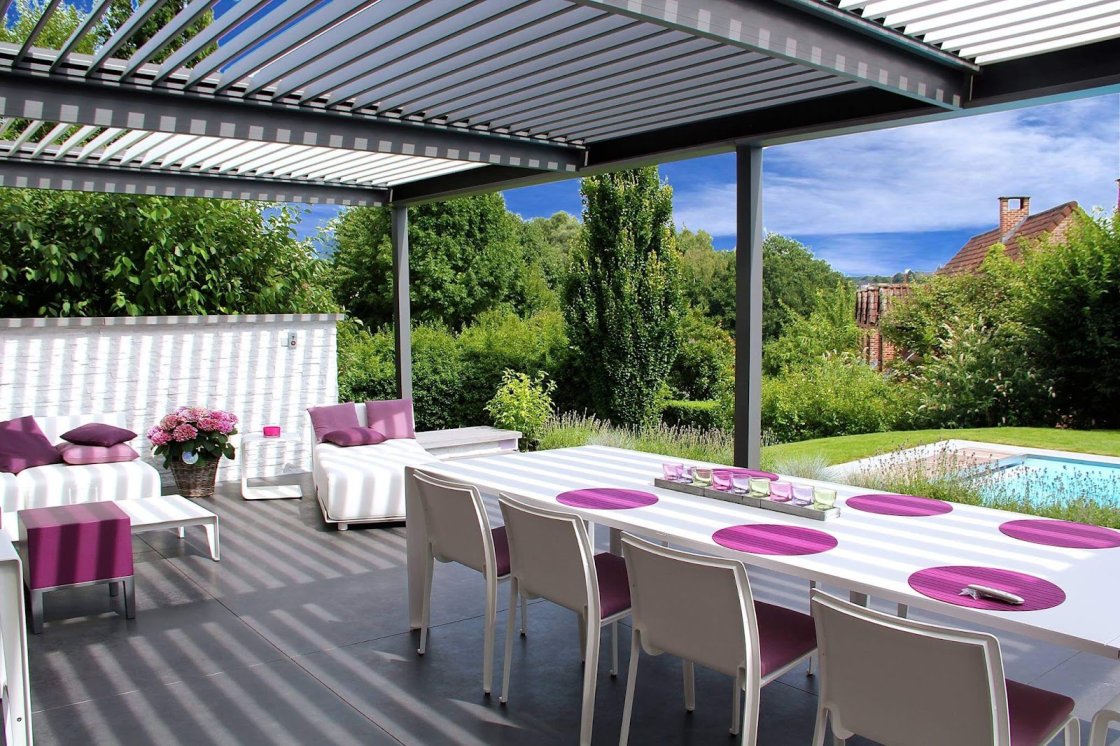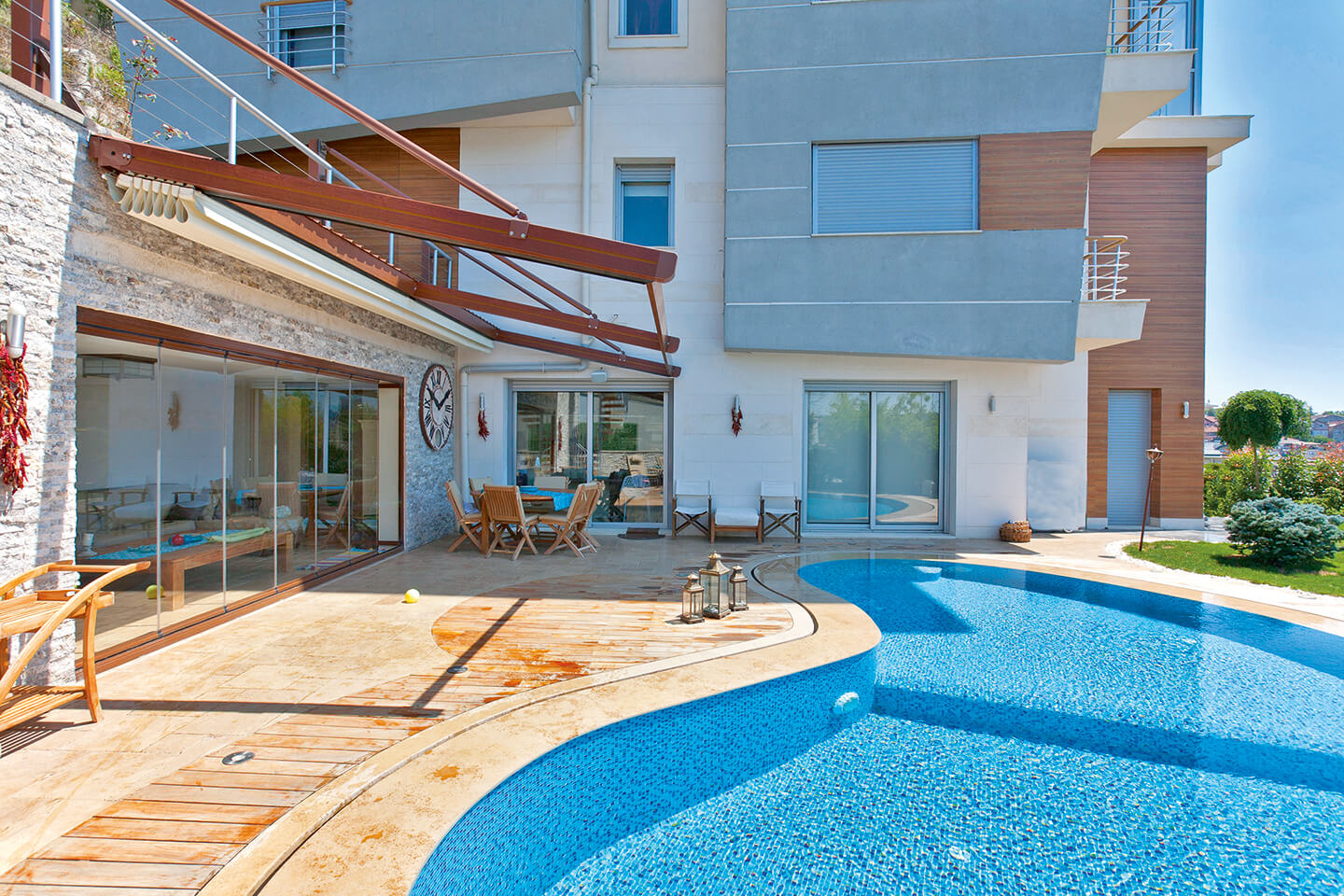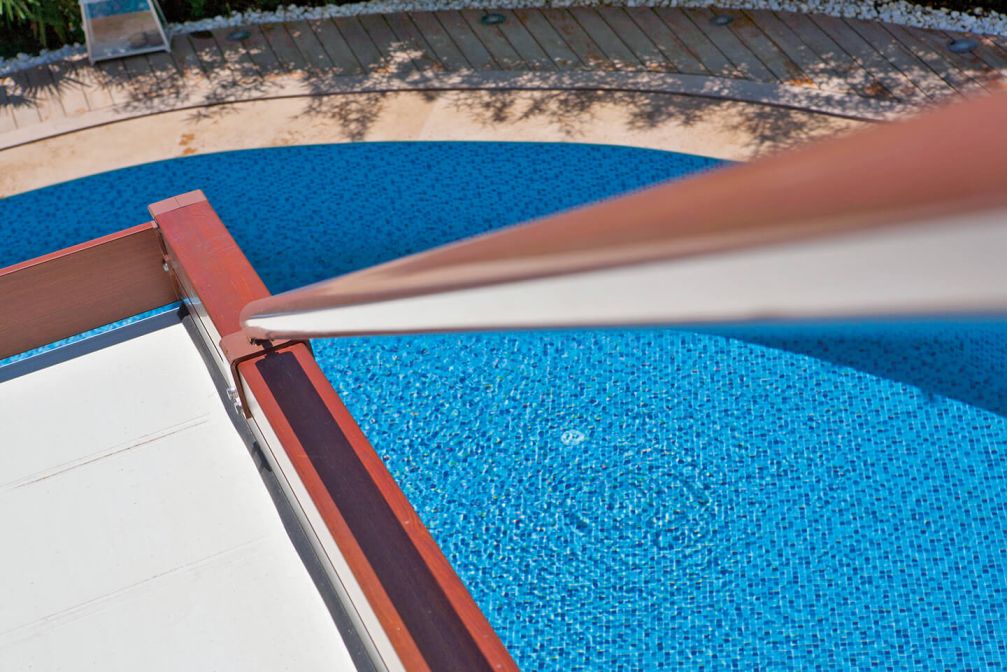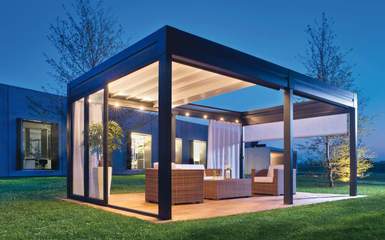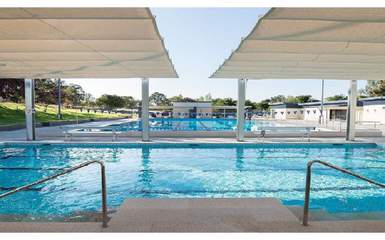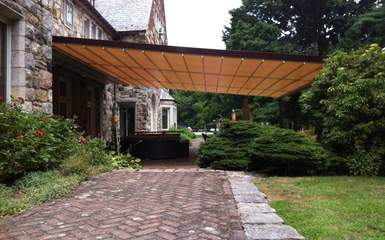Home and business owners with an extra lot or backyard should seek to maximize the use of their property. More and more people are discovering the merits of installing a pergola to extend their outdoor living space and create a relaxing environment.
For homeowners, the ease of installing a pergola cover means less hassle and little to no alteration to their household. This is important if you are renting since it is also easy to uninstall when moving out.
Business owners may consider pergolas as quick solutions to extend their usable area, thus increasing sales revenue with minimal interruption to everyday operations.
In either case, for anyone brainstorming ideas for implementing a covered pergola for shade, this article provides some factual information for planning.
Why Pergolas Are So Attractive
Aside from the previously mentioned ease of installation, many interior and exterior designers, landscape architects, architects and backyard DIY enthusiasts find pergolas to be an attractive set piece that can enhance the beauty and functionality of any open space. Pergolas with or without a louvered or retractable roof give home and business owners a usable space more attuned to nature and outdoor beauty. Popular pergola cover ideas enhance these functions while keeping with the theme of harmony with nature.
This is why it is common to see pergolas made from wood or aluminum that’s made to look like wood. Unlike all-weather pergola shade canopies and awnings, pergolas are generally not designed to shield you from heavy rain or snow. Although modern louver types have the capability to hold out rain and snow, by and large, pergolas are meant to blend with nature.
This is what makes the idea so attractive - it captures the essence of a dreamy log cabin and mixes it with the usability of a patio or deck. You get the feeling that nature has conspired with the owner to create a cozy and tranquil place for your guests, family, or customers.
Pergola Cover Ideas for Optimal Shade
The basic pergola is made of four pillars/posts/columns, a roof frame, and numerous slats that make up the roofing. The slats provide some protection from the sun while allowing natural sunlight. This design may be enough for some to provide a comfortable sun shade, but people living in sunny regions would need more coverage for their pergola shade canopy. Here are some creative ways to block the sun and keep the space under your pergola as cool as possible.
This covered pergola idea may sound like a blast from the past, and it works. The dried fronds of palm trees, anahaw plants, and coconut trees can be used for an “old world” feel, and long reed stems can be woven together to create a natural sun shade.
If dried leaves are not to your liking, you may use live plants and vines as your sun shade. Although it will take months for the plant to cover a sufficient part of the pergola, the resulting natural “roof” may be worth the wait.
For this to work, you need creeping vines with thick foliage like ivy or arching plants like Honeysuckle. Fast-growing plants like these are ideal, and don’t forget the potential for flowers. Trumpet Vines and Chinese Wisteria can create an enchanting effect, especially when in full bloom.
For some backyard farming ideas, covered pergolas can provide shade for sensitive plants like String Beans and Bitter Gourd vines, providing a cache of healthy vegetables. The same pergola can be used to store tools and other supplies needed for gardening.
Live plants and vines provide a low amount of sun protection and no rain protection.
You can also explore using wood with a diameter of at least an inch or bamboo splits. Lining these “sticks” together can create woodland-type shading that fits well in any garden.
This covered pergola idea creates a rustic-looking roof that casts a unique blend of light and shadow thanks to the uneven spacing of the wood (or bamboo). It makes for a unique atmosphere that’s perfect for an afternoon coffee.
Wood strips and bamboo splits provide a low amount of sun protection and no rain protection.
For a more modern approach, you can use fabric or canvas as your roofing material for pergola canopies. Most designers do this in one of two ways - using one whole piece of fabric or canvas or using long strips to create a pattern.
Depending on your materials, this type of covered pergola idea may come as close to being rainproof as possible when implemented using a whole piece of fabric or canvas.
You may sacrifice rainproofing for style when using multiple fabric or canvas strips. You may choose to weave the strips through the pergola rafters, alternating between over and under patterns, with the final product looking like a braided “roof.” A braided “roof” can only be used for sun protection, of course, and not for rain.
Also, it’s common with covered pergola ideas that provide shade like this to use materials with natural tones like brown, dark green, and gray to emphasize the connection to nature.
The most modern and usually best approach to adding sun shading and/or heavy rain protection is using a retractable canopy made from waterproof fabric. This is installed between the rafters and frame to provide complete protection from both sun and heavy rain.
This canopy can be partially or fully retracted whenever you feel like enjoying some sunlight or wish to see the stars and moon and partially or fully deployed or extended again when the sun gets too hot for comfort or rain/hail protection is needed.
To understand the full range of covered pergola ideas possible with retractable or rotating louvered roof technology, browse our recommended selection.
Retractable waterproof pergola fabric systems provide complete sun, heavy rain, and hail protection.
Wall Mounted Pergolas
Pergolas can be bunched into two types - a freestanding pergola or a wall mounted one. When building a pergola right next to your house or an outside wall, consider designing a wall mounted pergola.
One side of a wall mounted pergola is attached to an existing structure, and a beam and posts/columns support the other side. Unlike freestanding pergolas that use four or more beams and support posts, the idea behind a wall mounted pergola shade cover is to provide the same protection with fewer materials. Instead of four or more posts/columns, this design can work with just two.
A wall-mounted pergola transforms your side yard, front yard, patio, or deck into a covered area to entertain guests or customers. Since you are using an existing structure to anchor one side of the pergola, this type is faster to construct. As such, there are pergola kits available for purchase that can be installed in a day or two.
Materials For Typical Wooden Pergola Covers
Whatever your idea for a covered pergola, you’ll need materials. Below is a list of materials or, more accurately, the parts of a typical wooden cover. It is best to know the makeup of each so you will be familiar with the amount of work and material needed for successful pergola construction.
These wooden posts or columns will support the weight of the pergola, so it is recommended that you use thick posts that are at least five inches by five inches in diameter. This is adequate for most pergola roofs and shade cover ideas, and five-inch square posts are strong enough for most designs that use thick wooden parts.
The most common height of pergolas is about nine feet from the roof to the floor, so the post dimension should be at least 11 feet to consider the beams' buried foundation.
The length of the wood support and rafters will depend on the design. It is common to see lengths of 12 feet, but this will necessitate the use of lateral support beams in the middle of the roof frame.
Most covered pergola roof ideas depend on wooden planks up to 2 inches thick and 5 inches wide. You can use a thicker or wider wood plank, but the extra weight might require thicker and wider support posts.
These Rafters are usually installed horizontally, meaning the orientation of the wood plank is along its thinnest side. This provides more open spaces than covered ones, the trademark of a typical wooden pergola.
This is optional if you plan to use lighting or an electric fan on your pergola. You can use black or brown wires to camouflage the wiring or create grooves along the wood panels to house the wiring.
Most shade-providing covered pergola ideas require support anchors. These metal supports attach to the bottom of the support beams. Made from metal plates, they sit along the surface where the wooden beams are buried or entrenched.
If installing a pergola on open ground, it is common to apply concrete along the beam’s foundation to secure the alignment and hold. A metal anchor will then be used to further augment the foundation by infusing the long metal bolts of the plate while the cement is still wet. When the cement hardens, the metal bolts will permanently hold the beam in place. This idea should hold your covered pergola firmly in place in all but the most extreme weather.
If installed on a wooden surface, the metal bolts of the anchor help seal the beam along the wooden floor. Optional wood trim can hide the metal bolt and plates from view, or you can simply color the metal with brown or black paint.
Easy To Install Kits
Several easy-to-install pergola kits are on the market, but you must research and measure before purchasing. Measure the location of your covered pergola to get a general idea of how much shade you can get and how much ground you need to cover.
Is this wall mounted or freestanding? Again, if it’s attached to an existing structure, it's wall mounted. If it's not, it's freestanding. A wall mounted pergola is generally less expensive and takes less time to install than a freestanding one.
Next is to choose which type of material to use. Cedar and California Redwood are the two most common woods used for pergola kits.
Cedar pergola kits are more common, and most over-the-counter kits are made from cedar. Cedar trees are grown abundantly, and most cedar species are durable and resistant to decay. It’s a good idea to treat any covered pergola made of wood with a waterproof sealant to extend its durability.
Pergola kits made from California Redwood are more expensive due to limited supply. Designers place a premium on the reddish, dark hue of Redwood. It is also very resistant to decay, often lasting several decades without rotting.
Lastly, determine if you need professional help from a pergola and awning expert.
Using these steps, you should be able to determine the right wooden pergola for your home or establishment. You can contact us today if these ideas for a shade-rich, covered pergola seem attractive or tickle your creativity. We’ll be happy to guide you through finding the best solution.
Modern Ideas: Louvered-Roof Pergolas
The modern louvered aluminum pergola is like a traditional open slat pergola where the wooden roof louvers are replaced with aluminum louvers.
When left open, the r aluminum louvers act as regular pergola that allows natural light and gives protection from sun, rain and snow. When the louvers are closed mechanically, the pergola is transformed into a closed roof pergola canopy. This idea provides a covered pergola that can adjust to match your needs at the touch of a button.
This louvered pergola design is a modern variation that helps save our forests and gives more flexibility than a regular wooden pergola. The downside of using louvered powder-coated aluminum is that you lose the element of nature, which is why real wooden pergolas were popular in outdoor settings. To capitalize on this, the leading rotating and retractable louvered roof pergola manufacturers offer powder coating that looks like wood, and some even offer real wood veneer that is placed on top of aluminum.
Get Planning!
This information should give you a basic idea of how to plan a shade-enhanced covered pergola project. The knowledge gained should help you understand the concept of pergolas and decide on the best design to meet your current and future needs.
![Folding Arm Awnings Folding Canopies]()
![Retractable Pergola Covers Awnings]()
![Retractable Drop Arm Awnings]()
![Retractable Patio Screens and Vertical Drop Awnings]()
![Retractable Window Awnings]()
![Retractable Free Standing Awnings and Canopies]()
![Retractable Lateral Arm Awnings]()
![Retractable Pergola Roof Covers]()
![Retractable Side Arm | Drop Arm Awnings]()
![Power Retractable Screens]()
![Retractable Canopies for Commercial Buildings]()
